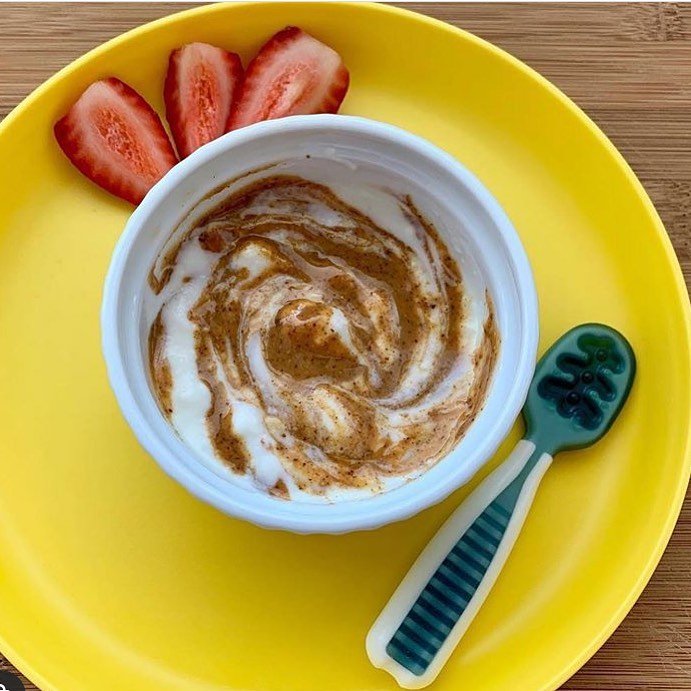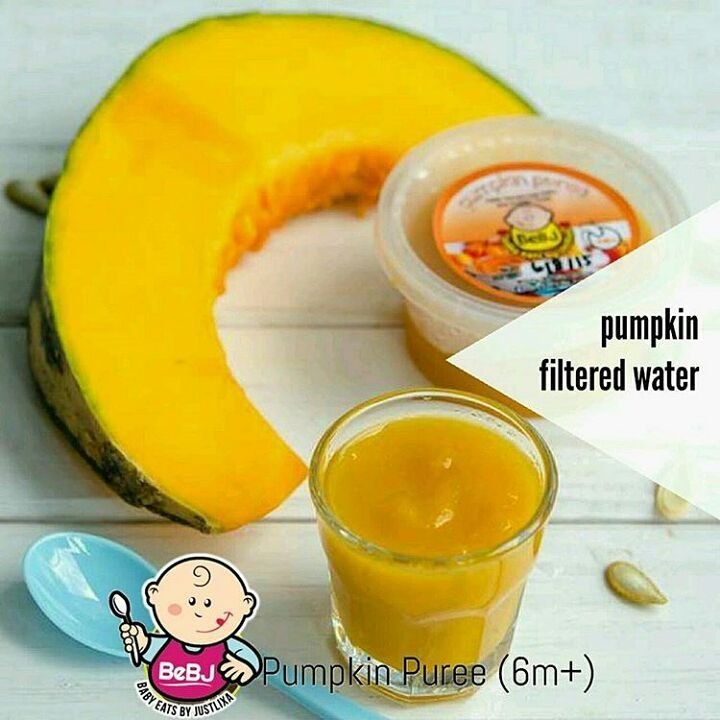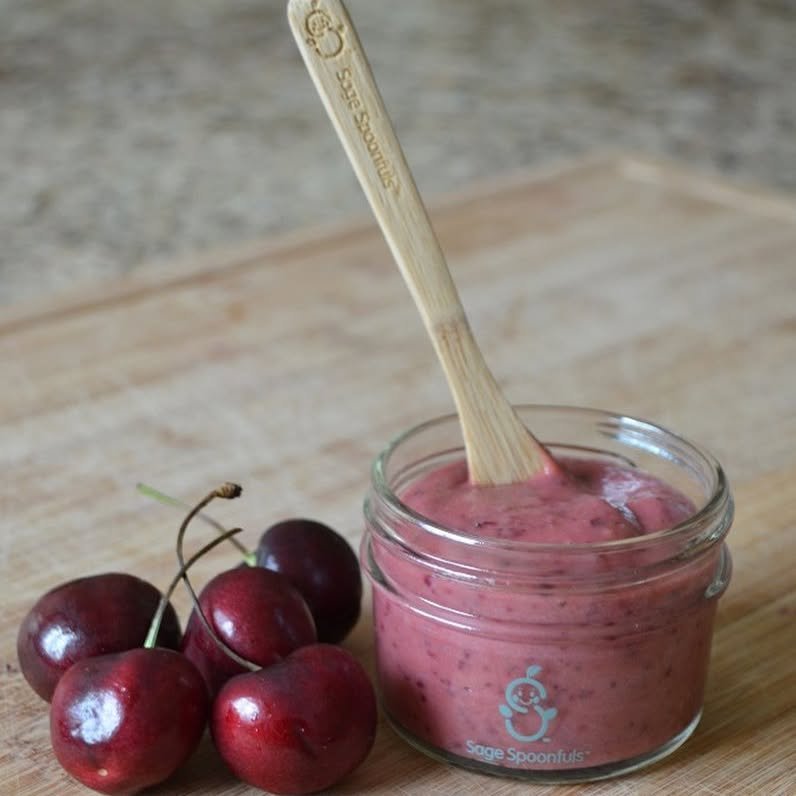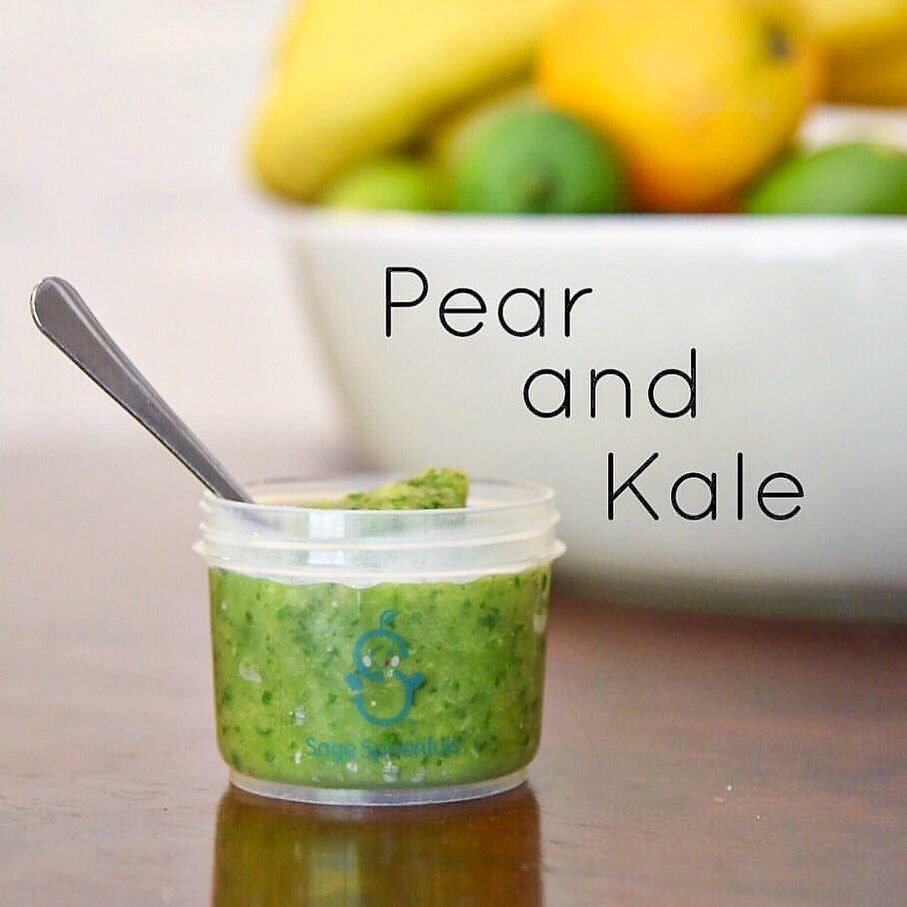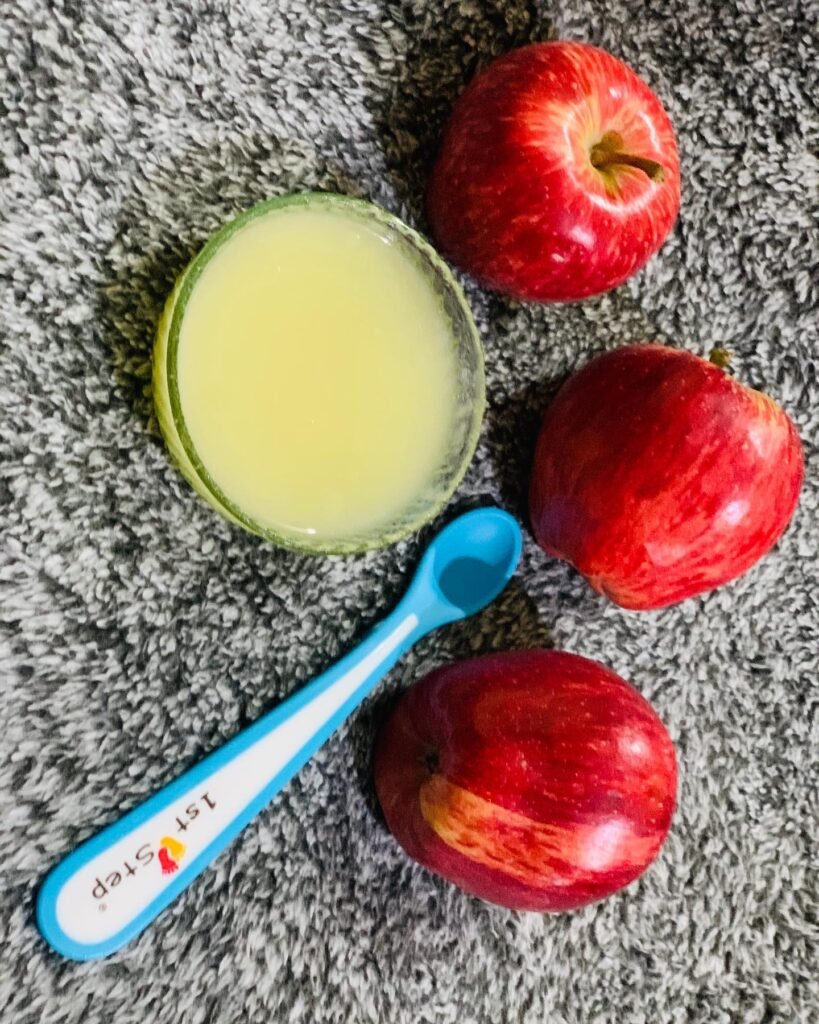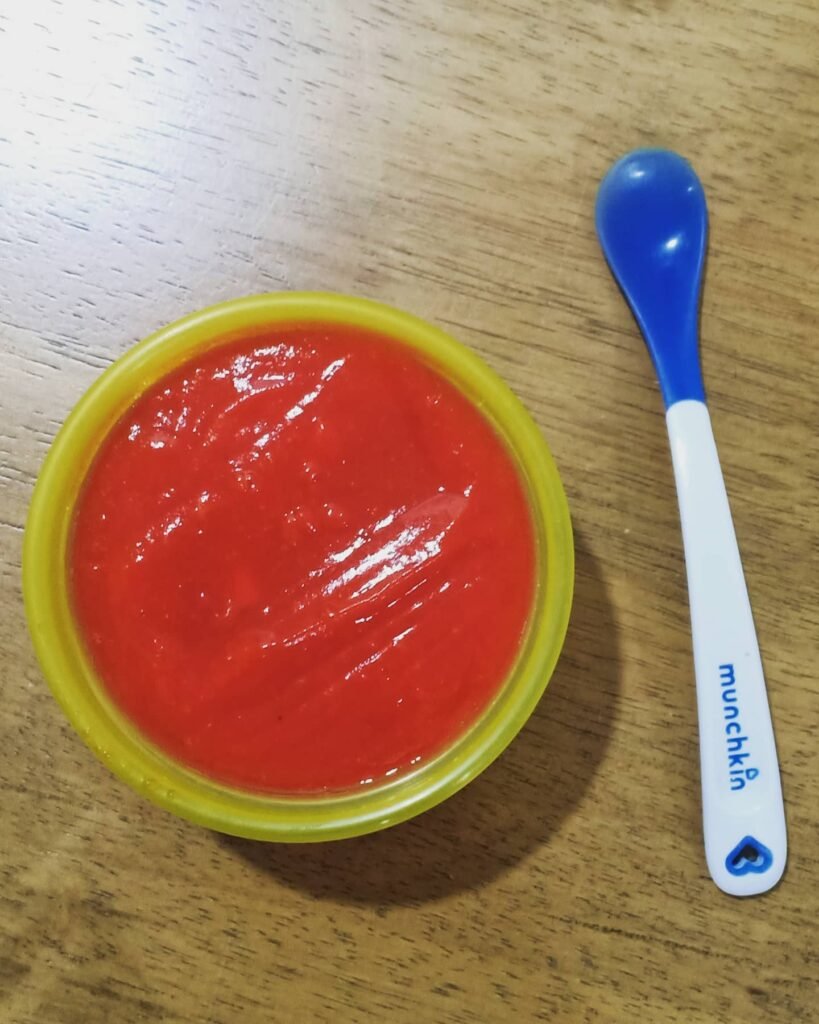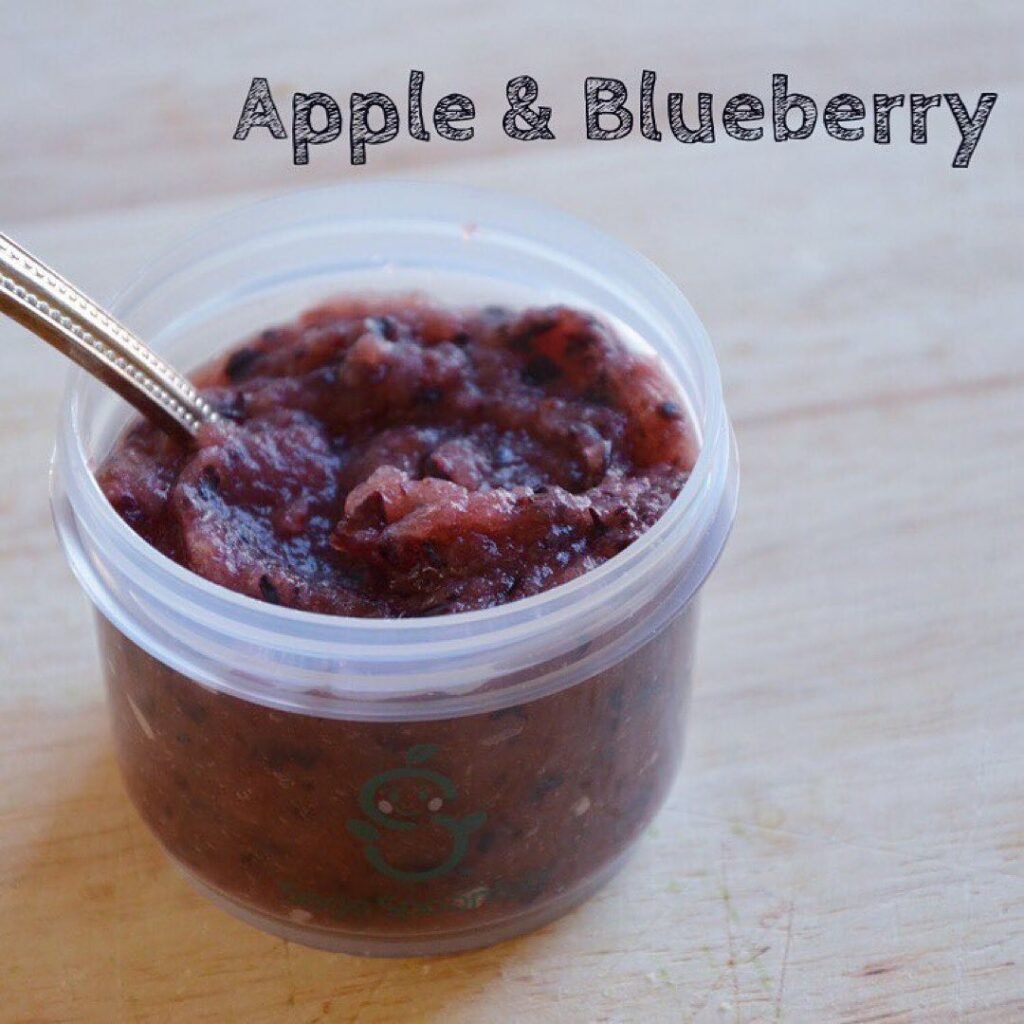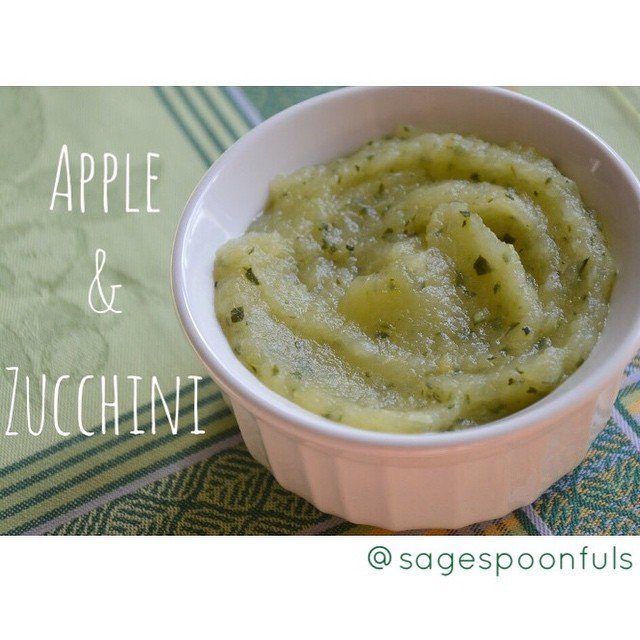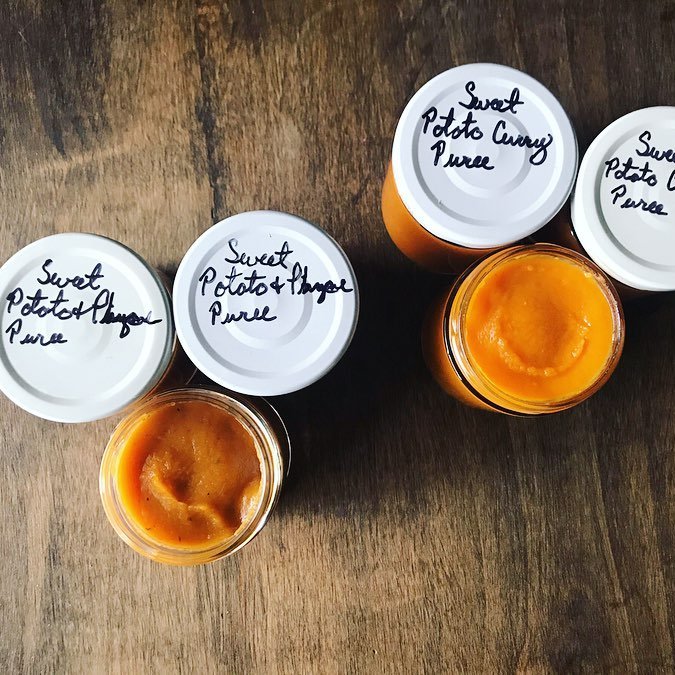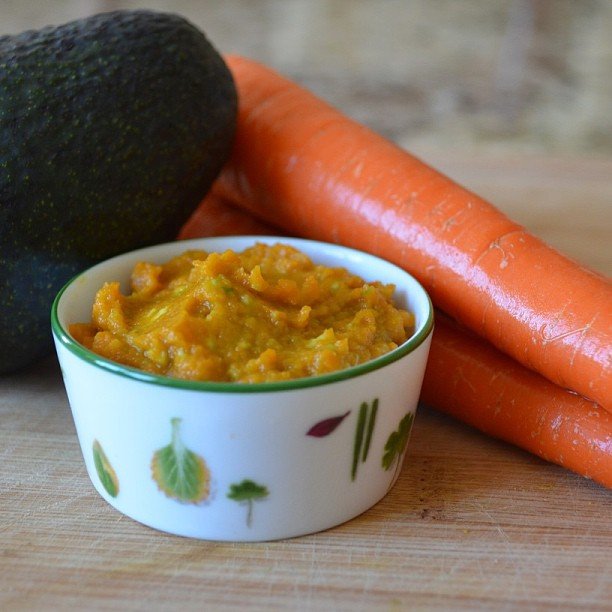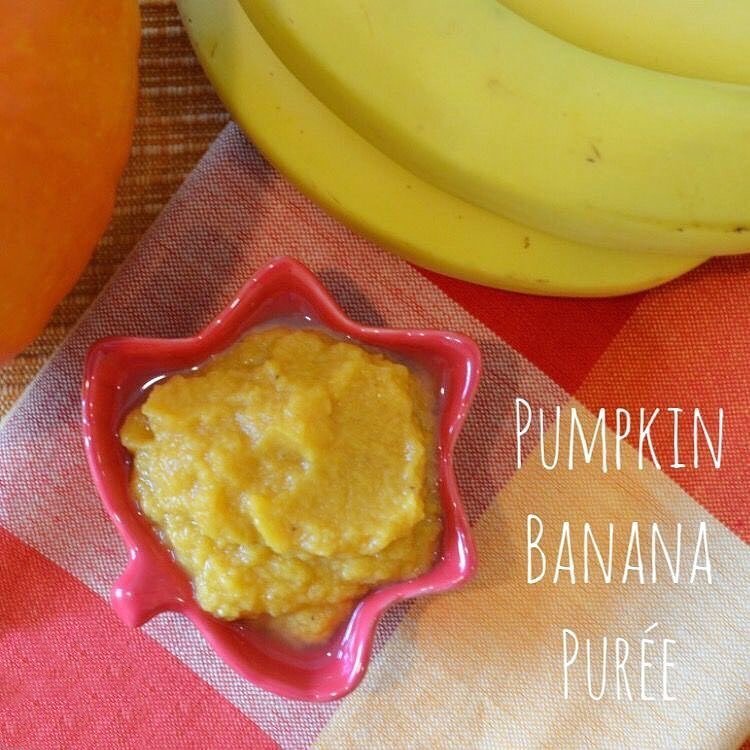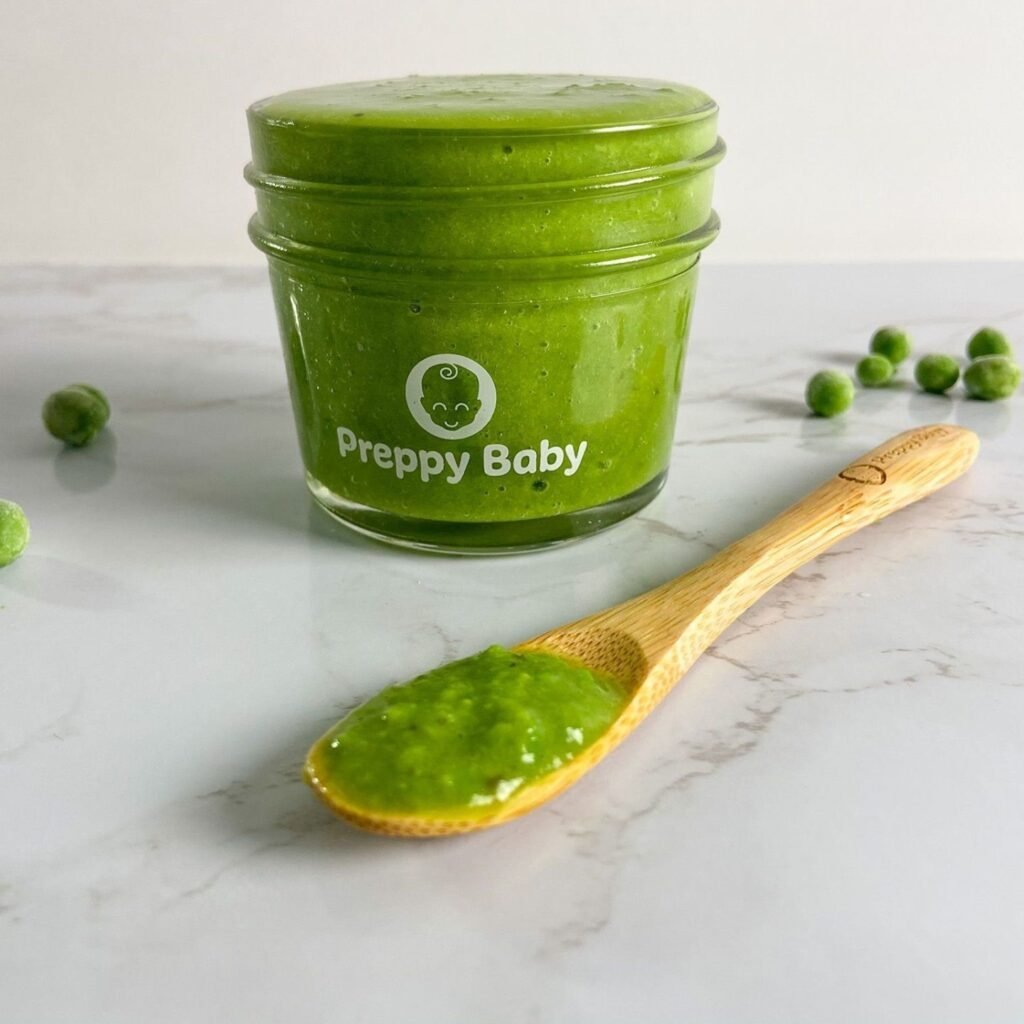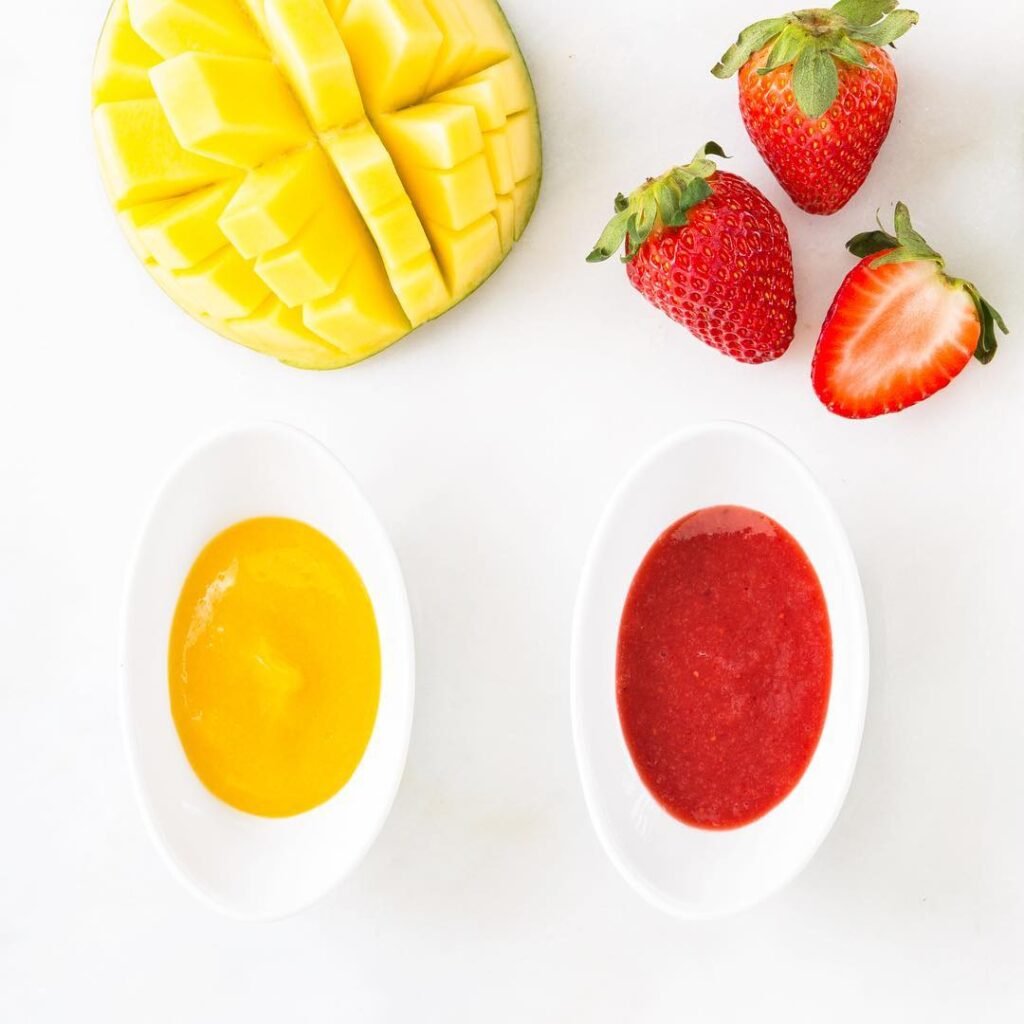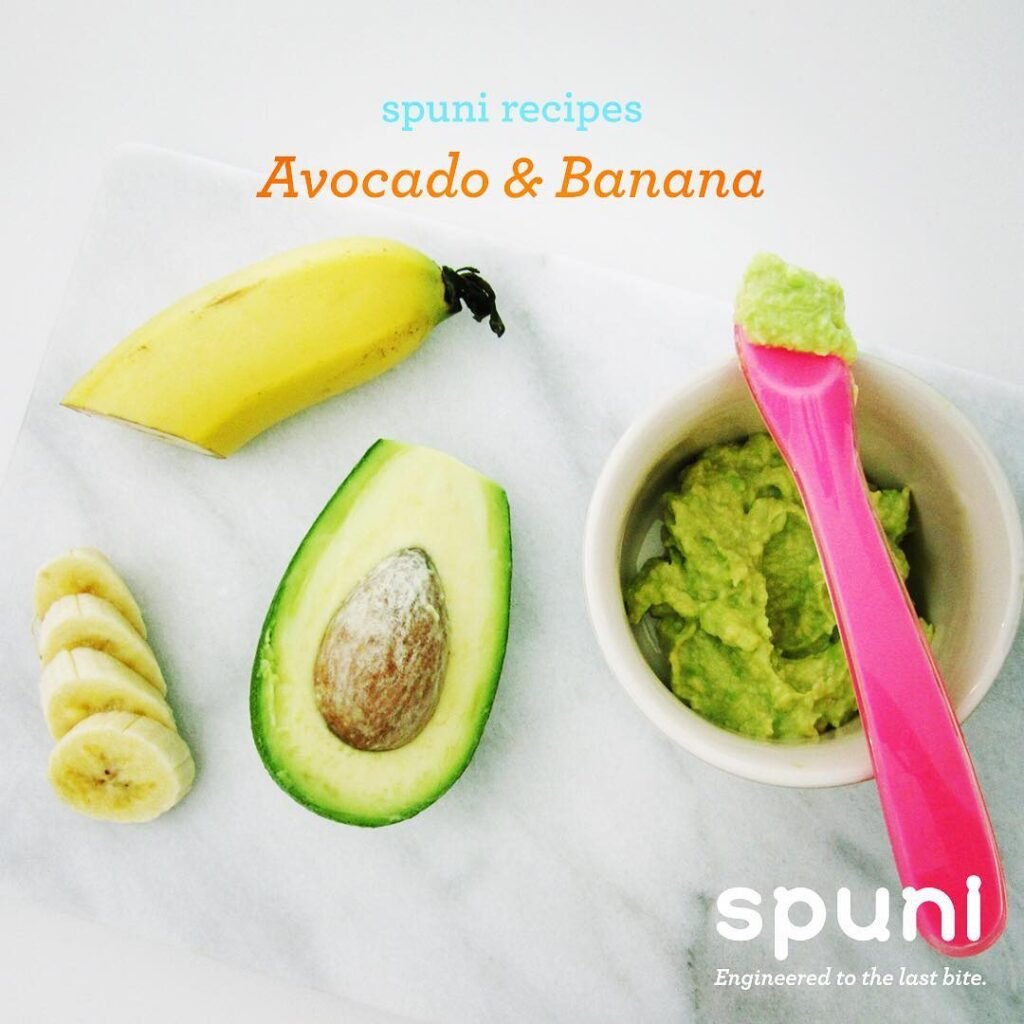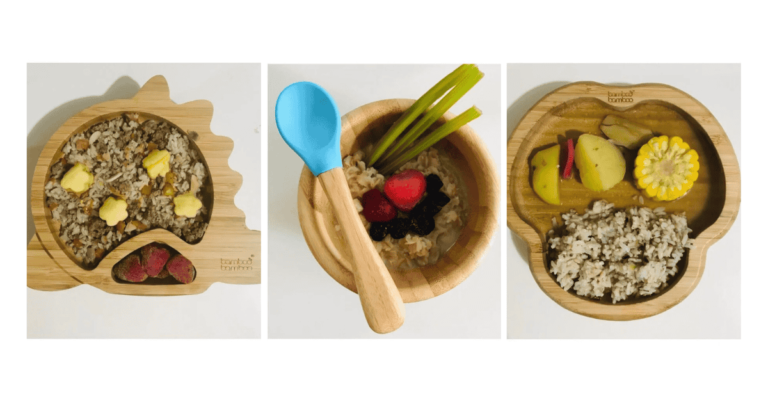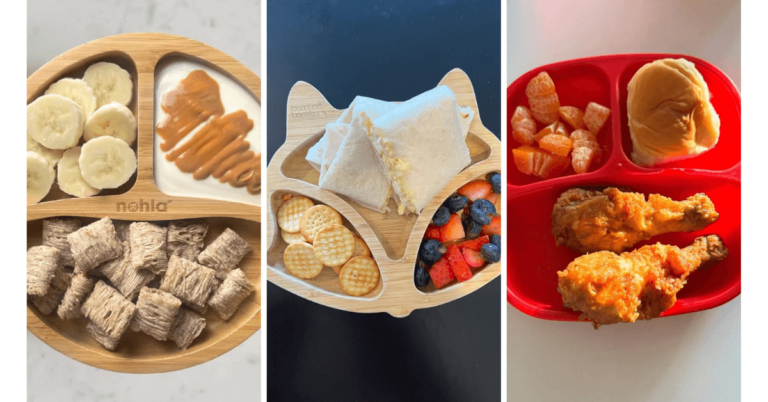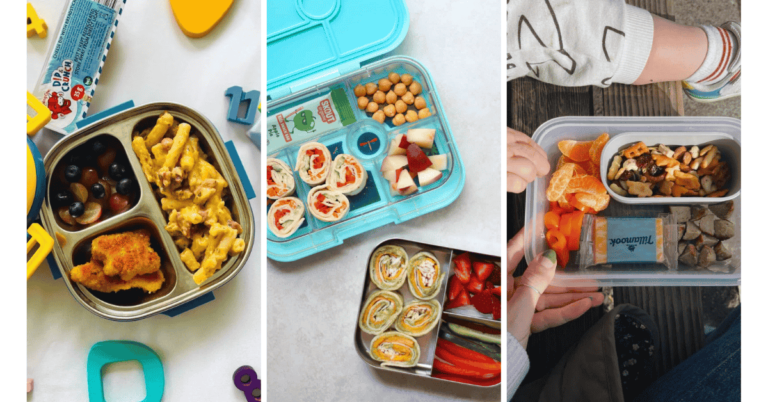16 DIY Baby Food Stage 1: Easy & Healthy Recipes for 4–6 Month Olds
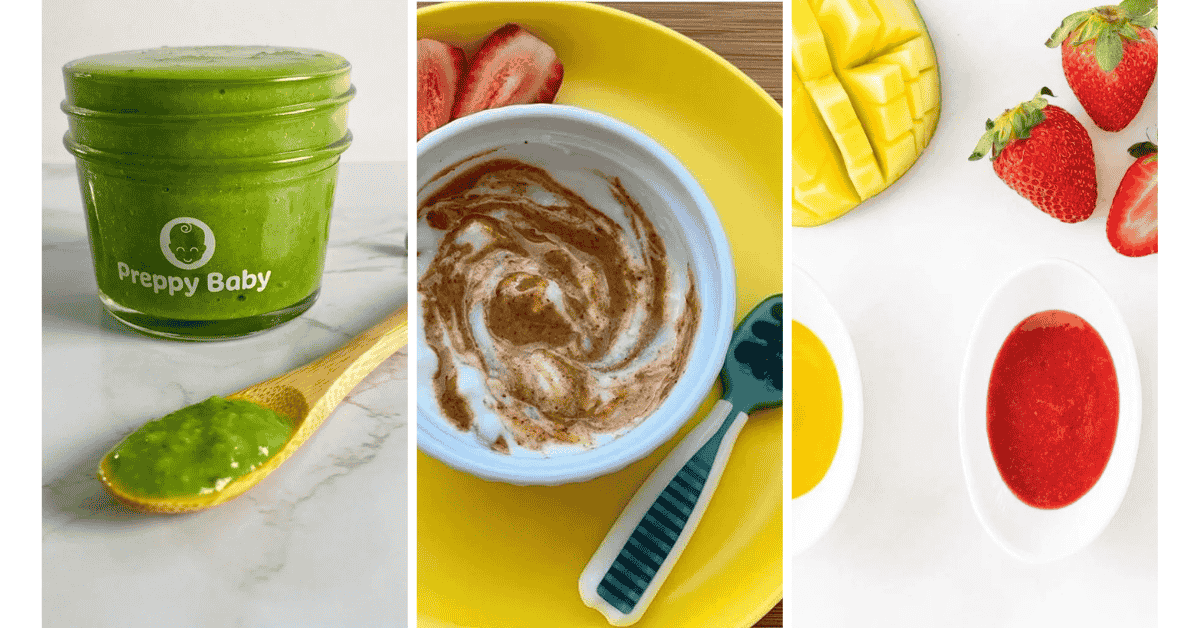
Starting your baby on solids is one of the most exciting milestones in parenthood. It marks the beginning of a lifelong relationship with food and nutrition and as a parent, you want to get it right. While store-bought baby food is convenient, many parents are now turning to homemade baby food for stage 1 because it’s fresher, more nutritious, and allows you to know exactly what your little one is eating.
Stage 1 baby foods are your baby’s first foods after exclusive breastfeeding or formula feeding. They are typically single-ingredient, ultra-smooth purees introduced between 4 to 6 months of age, depending on your pediatrician’s recommendation.
This stage is all about introducing simple, easily digestible foods to help your baby explore new tastes and textures while minimizing the risk of allergic reactions.
But where do you begin? What foods are safe? How do you cook and store them? Is it time-consuming or overwhelming?
This comprehensive guide will walk you through every step of the DIY baby food journey—from selecting the right fruits and vegetables, understanding your baby’s readiness cues, and mastering safe preparation techniques, to creating a feeding schedule and storing food properly.
With 16 detailed sections covering everything you need to know, you’ll gain the confidence to prepare delicious, nutrient-rich purees your baby will love. Plus, you’ll discover tips, tools, and tricks that make the process not only manageable but truly rewarding.
Whether you’re a first-time parent or revisiting solids with a second or third child, get ready to embrace a new chapter full of tiny spoons, adorable messes, and proud moments as your baby takes those precious first bites.
1. Chocolate-Swirled Greek Yogurt with Fresh Strawberries
Transform plain Greek yogurt into an irresistible treat by swirling in a touch of unsweetened cocoa powder or melted dark chocolate. This protein-rich option provides essential probiotics for your baby’s developing digestive system while introducing them to new flavors beyond the typical fruit and vegetable purees.
Pair this creamy delight with fresh strawberry slices that can be mashed or pureed depending on your baby’s readiness. The natural sweetness of strawberries complements the mild chocolate flavor, creating a balanced taste experience that feels special without being overly sweet.
Always ensure strawberries are thoroughly washed and age-appropriate for your little one’s developmental stage.
2. Frozen Fruit and Vegetable Puree Cubes

Batch preparation becomes effortless when you freeze homemade purees in convenient ice cube trays. These colorful cubes represent different fruits and vegetables like carrots, sweet potatoes, peas, and various fruits, allowing you to create custom combinations for each meal while maintaining optimal freshness and nutritional value.
Each cube equals approximately one serving size, making portion control simple and reducing food waste. Simply thaw the desired number of cubes, warm gently if needed, and serve.
This method also allows you to introduce single ingredients individually to monitor for any allergic reactions before combining flavors as your baby’s palate develops.
3. Golden Pumpkin Puree
Fresh pumpkin creates one of nature’s most nutritious first foods, packed with beta-carotene, fiber, and essential vitamins. Simply steam or roast pumpkin pieces until tender, then blend with a small amount of filtered water until you achieve the perfect smooth consistency for stage 1 feeding.
The naturally sweet and mild flavor of pumpkin makes it an ideal starter food that rarely causes digestive upset.
Its vibrant orange color and creamy texture often appeal to babies, while parents appreciate its versatility – pumpkin puree can be mixed with breast milk, formula, or other compatible fruits and vegetables as your child’s eating journey progresses.
4. Antioxidant-Rich Cherry Puree
Sweet cherries offer a burst of natural flavor while delivering powerful antioxidants and anti-inflammatory compounds. Remove all pits carefully, steam the cherries briefly to soften, then puree until completely smooth. The resulting deep red puree provides a delightful change from typical orange and yellow first foods.
This nutrient-dense option supports healthy brain development and immune function during crucial early months.
The natural tartness of cherries, balanced by their inherent sweetness, helps expand your baby’s flavor profile beyond milder options. Always strain the puree thoroughly to ensure no small pieces remain that could pose a choking hazard.
5. Nutrient-Dense Pear and Kale Blend
Leafy greens enter your baby’s diet seamlessly when combined with naturally sweet pears. This vibrant green puree masks the sometimes bitter taste of kale while providing essential iron, calcium, and folate. Steam both ingredients separately, then blend together until achieving a perfectly smooth consistency.
The mild pear flavor dominates this combination, making it an excellent way to introduce dark leafy vegetables without overwhelming your baby’s developing taste preferences.
This powerhouse blend supports healthy blood formation and bone development while establishing early acceptance of vegetables that will benefit your child throughout their lifetime.
6. Crisp Apple Puree
Few foods match the universal appeal of fresh apple puree, with its naturally sweet flavor and smooth texture that babies instinctively enjoy. Choose organic apples when possible, peel thoroughly, and steam until completely tender before pureeing.
The result is a classic first food that rarely disappoints even the most discerning tiny palates.
Apples provide natural fiber to support healthy digestion while offering a mild flavor that pairs beautifully with other fruits and vegetables.
This versatile puree serves as an excellent base for mixing with more adventurous flavors like cinnamon or nutmeg as your baby grows, creating endless possibilities for expanding their culinary horizons.
7. Vibrant Tomato-Based Puree
Ripe tomatoes create a savory alternative to typical sweet first foods, introducing babies to different flavor profiles early in their eating journey. Choose the ripest, most flavorful tomatoes available, remove seeds and skin completely, then cook gently until soft enough to puree smoothly.
This lycopene-rich option supports healthy vision and immune function while providing a mild introduction to acidic flavors. The bright red color and slightly tangy taste offer sensory variety that can help prevent picky eating habits later.
Always introduce tomatoes individually to monitor for any sensitivity, as they’re among the more common allergens in early feeding.
8. Mixed Berry and Apple Blend
Combining tart blueberries with sweet apples creates a perfectly balanced flavor profile that delivers exceptional nutritional benefits. This antioxidant-rich blend supports brain development and immune function while providing natural sweetness that makes healthy eating enjoyable from the very beginning.
The deep purple color indicates high levels of anthocyanins, powerful compounds that support cognitive development during critical early months. Steam both fruits until tender, then puree together until completely smooth.
This combination offers complex flavors that help develop sophisticated taste preferences while ensuring your baby receives a wide variety of essential nutrients.
9. Garden-Fresh Apple and Zucchini Medley
Mild zucchini pairs surprisingly well with sweet apples, creating a nutrient-dense puree that introduces vegetables in a naturally appealing way. The subtle flavor of zucchini provides essential vitamins and minerals without overwhelming delicate taste buds, while apples add natural sweetness and familiar comfort.
This green-hued combination offers excellent hydration due to both ingredients’ high water content, supporting healthy kidney function and overall hydration needs.
The smooth texture and mild flavor make this an ideal transition food for babies moving from single-ingredient purees to more complex combinations, setting the foundation for adventurous eating habits.
10. Sweet Potato and Ginger Fusion
Roasted sweet potatoes develop enhanced natural sweetness when combined with just a hint of fresh ginger, creating an exotic yet mild introduction to warming spices. This orange-colored puree provides exceptional amounts of vitamin A, supporting healthy vision and immune system development during crucial early months.
The subtle warmth from ginger aids digestion while adding complexity to the familiar sweet potato base that most babies readily accept.
This combination represents an excellent bridge between simple single-ingredient purees and more sophisticated flavor profiles, encouraging culinary curiosity while maintaining the nutritional density essential for rapid infant growth and development.
11. Vibrant Carrot and Avocado First Foods
Starting your baby’s solid food journey with nutrient-dense vegetables sets the foundation for healthy eating habits. Carrots offer natural sweetness and beta-carotene for developing eyesight, while their smooth texture when pureed makes them perfect for tiny mouths just learning to swallow.
The golden-orange puree you see here demonstrates the ideal consistency for stage 1 feeding – completely smooth without any lumps that could pose choking hazards.
Avocados complement carrots beautifully as a first food option, providing healthy fats essential for brain development. The creamy texture of mashed avocado requires minimal preparation – simply scoop and mash with a fork until smooth.
Both of these whole foods can be prepared fresh in small batches, ensuring your little one receives maximum nutritional value without preservatives or added sugars found in commercial options.
12. Sweet Pumpkin Banana Combination
Combining seasonal pumpkin with ripe bananas creates a naturally sweet puree that most babies find irresistible. This powerhouse duo delivers vitamins A and C from the pumpkin while bananas contribute potassium and natural sugars for quick energy.
The smooth, creamy consistency shown here achieves the perfect stage 1 texture that flows easily from a spoon without being too watery.
Preparation is surprisingly simple – steam cubed pumpkin until tender, then blend with ripe banana until completely smooth. This combination works wonderfully as babies often gravitate toward naturally sweet flavors, making mealtime less stressful for parents.
The beautiful golden color and mild flavor profile make this an excellent choice for babies who might be hesitant about trying new foods.
13. Garden-Fresh Green Pea Puree
Introducing green vegetables early helps expand your baby’s palate beyond the typical sweet first foods. Fresh or frozen peas blend into a vibrant green puree packed with plant-based protein, fiber, and essential vitamins.
The smooth consistency achieved through proper blending and straining ensures no small pieces remain that could be difficult for your baby to manage.
Peas offer a slightly different flavor profile that bridges the gap between sweet fruits and more complex vegetable tastes. Their natural mild sweetness makes them more appealing than stronger-tasting greens, while still introducing babies to the world of vegetables.
Steam fresh peas until very tender, then puree with a small amount of cooking water until silky smooth for the best results.
14. Creamy Cauliflower Comfort Food
White vegetables like cauliflower might seem bland to adults, but they serve as an excellent neutral base for baby’s developing taste buds. Cauliflower puree offers a mild, slightly sweet flavor that rarely causes digestive upset, making it ideal for sensitive tummies.
The pale, creamy appearance matches the smooth texture that defines perfect stage 1 consistency.
This versatile vegetable steams quickly and blends beautifully with breast milk or formula to achieve the right consistency. Cauliflower’s subtle flavor makes it an excellent mixing base for other purees as your baby progresses, while providing important nutrients like vitamin C and fiber.
The neutral taste helps babies focus on learning the mechanics of eating without being overwhelmed by strong flavors.
15. Tropical Mango and Berry Purees
Fresh fruit purees bring natural sweetness and vibrant colors to your baby’s feeding routine. Mangoes blend into an incredibly smooth, naturally sweet puree that requires no added sugars or sweeteners.
The bright orange color and creamy consistency make it visually appealing while providing vitamins A and C along with natural enzymes that aid digestion.
Strawberry puree offers a different flavor experience with its beautiful red color and slightly tart-sweet taste. However, berries should be introduced after ensuring your baby tolerates other fruits well, as they can occasionally trigger allergic reactions.
Both purees should be strained to remove any remaining fiber or small pieces, creating the silky smooth texture essential for stage 1 feeding success.
16. Creamy Avocado Banana Power Blend
The combination of avocado and banana creates one of the most nutritionally complete single-ingredient purees available for babies. This dynamic duo provides healthy monounsaturated fats from avocado essential for brain development, paired with the natural sweetness and potassium from ripe bananas.
The resulting puree has a naturally creamy consistency that rarely requires additional liquid for proper texture.
Both ingredients mash easily with just a fork, making this one of the quickest homemade baby foods to prepare. The mild flavors complement each other perfectly, creating a filling meal that satisfies hungry babies while introducing them to different textures and tastes.
This combination also works well as babies transition to finger foods, as both fruits can be served in soft, mashable pieces for self-feeding practice.
Conclusion: Tiny Bites, Big Milestones—Empowering Your Baby with Homemade Goodness
Making your own Stage 1 baby food isn’t just about saving money or reducing waste—it’s a loving act of care that lays the foundation for your child’s lifelong health and eating habits. By taking charge of what goes into your baby’s first meals, you’re introducing them to real, whole foods and helping them build a positive relationship with nutrition from the very start.
Throughout this guide, we’ve explored the essentials of Stage 1 baby food—from understanding readiness signs to selecting the best starter ingredients, prepping and storing purees safely, and making mealtimes enjoyable. With 16 carefully curated sections, you now have the tools to confidently navigate this exciting transition.
Yes, there may be a few food-splattered walls and picky faces along the way—but that’s part of the adventure. The joy of watching your baby discover new tastes, textures, and favorites is unmatched. And as they grow, you’ll feel proud knowing that those early bites came from your kitchen and your heart.
So grab your blender, stock your fridge with colorful produce, and trust your instincts—you’ve got this. Homemade Stage 1 baby food is more than just a mealtime choice; it’s a beautiful first step in your baby’s lifelong journey with food, love, and wellness.

